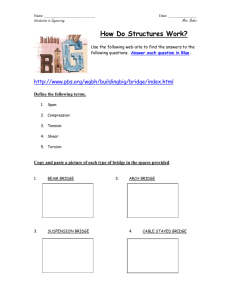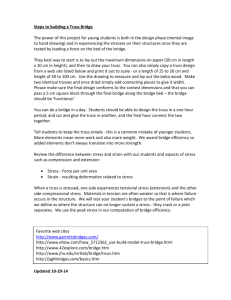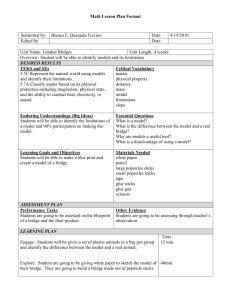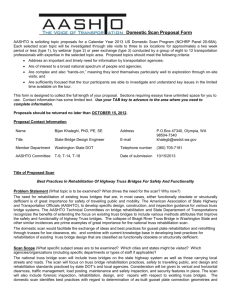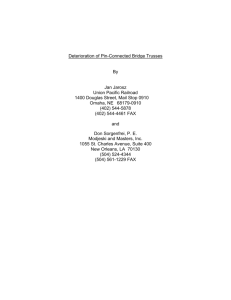http://files.asme.org/Volunteer/Practices/14771.pdf For bridge
advertisement
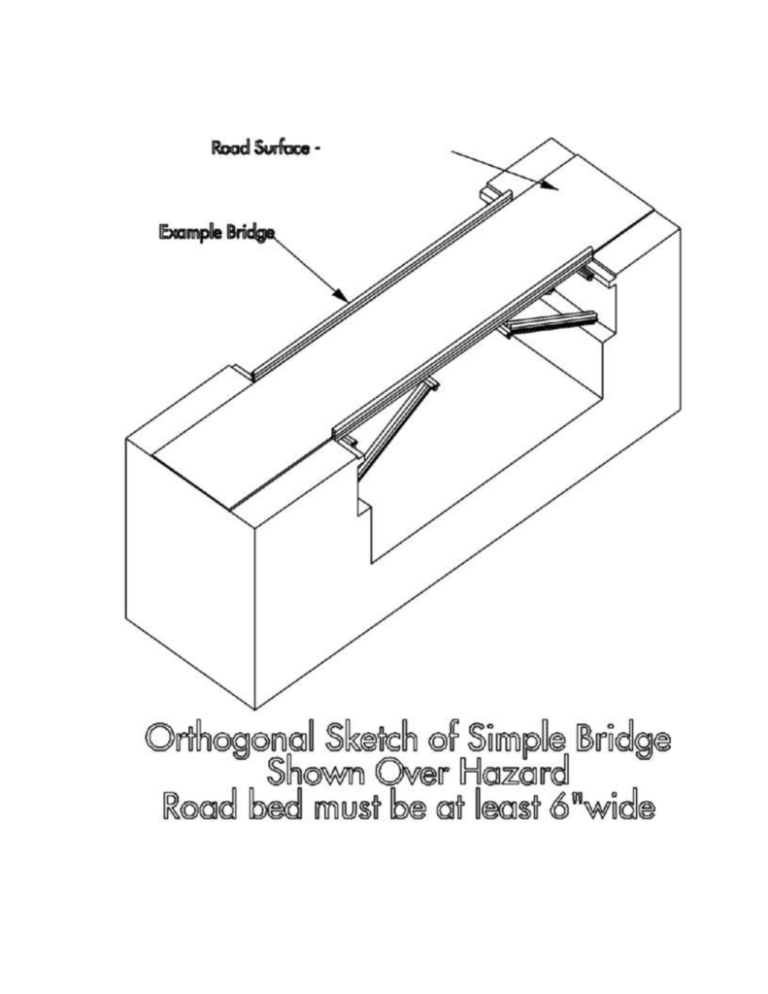
http://files.asme.org/Volunteer/Practices/14771.pdf For bridge building, some of the most important are: strength of materials, forces and moments in equilibrium, moment of inertia In past years the most successful bridges were done by students who understood what the design constraints of the materials involved, and used them successfully. The rules were designed to maximize creativity by the students. The process of engineering is a matter of understanding constraints to a problem or challenge and using available materials to overcome them. The straws are to be the primary structural component. They should be used to build the structures that support the bridge. The other materials (glue, plastic tabs and the cardboard roadway) are only there to help the straws do their job. Additionally the students must be able to explain why the materials meet the specifications. Engineering firms are often required to certify the materials to certain specifications. (e.g. The steel or concrete in a bridge must meet very clearly defined materials specifications.) Example: Materials - Hotmelt glue - The students must be prepared to prove that the glue is properly used for the types of plastic utilized in the straws. Having your students supply with their report, a label or wrapper to show the type of hotmelt glue used is a way to show the materials met specifications. Also bringing samples to the oral presentation is a way to emphasize this section in the report. As regular Hotmelt glue tends to melt the straws, low temperature Hotmelt glue is strongly recommended. Shirt cardboard or Posterboard This material is to be used for the road surface only and cannot provide structural strength to the bridge. The maximum thickness of the material is 1/32” thick. The road deck must not be permanently attached to the bridge. Under no circumstances will “coffee stirrer”, “mini” straws or drinking straws in considerable excess of ¼ inch diameter be accepted as construction material. Span The bridge must span the entire width of the gap with no interim supports. The span is 20” at the roadway surface. The ledges and vertical surface between the ledges may be used for support. This basic support scheme is depicted on the orthogonal sketch at the beginning of this guide. 5. Joints: Joints are critical to the proper construction. While glue is necessary to the construction of the joints, excess glue does not add strength but does add weight. This is where small tabs of plastic (as noted in section 4.5) can be used to significant advantage. REMEMBER: A key metric in the judging of the bridges is the strength to weight ratio! It is a good idea to have your students experiment with a number of shapes and ideas in the effort to determine an optimal design... just as a real engineering firm would in its design process. Testing: Before your students actually build a bridge they should test individual components: Trusses Joints/Connections Beams What is the best way to join two straws end to end? 2 How much extra bending strength is achieved with 3, 4, 6, 7 or more straws combined into a single beam? What is the best configuration of that beam and how should it be constructed? Is more bending strength gained by stacking straws or by laying them side to side. 3. Are equilateral trusses stronger than other truss styles? What about rectangular trusses. 4. How do joints effect the strength of your trusses and beams? http://www.yale.edu/ynhti/curriculum/units/2001/5/01.05.04.x.html#b http://www.salvadori.org/aobc/handouts/lesson_truss.doc http://www.jhu.edu/~virtlab/bridge/truss.htm http://www.jhu.edu/~virtlab/bridge/truss.htm http://science.howstuffworks.com/bridge.htm Types of Beam Bridges Beam bridges come in dozens of different styles. The design, location and composition of the truss is what determines the type. In the beginning of the Industrial Revolution, beam-bridge construction in the United States was developing rapidly. Designers were coming up with many different truss designs and compositions. Wooden bridges were being replaced by all-iron or wood-and-iron combinations. The different truss patterns also made great strides during this period. One of the most popular early designs was the Howe truss, a design patented by William Howe in 1840. His innovation came not in the pattern of his truss, which was similar to the already existing Kingpost pattern, but in the use of vertical iron supports in addition to diagonal wooden supports. Many beam bridges today still use the Howe pattern in their truss.

